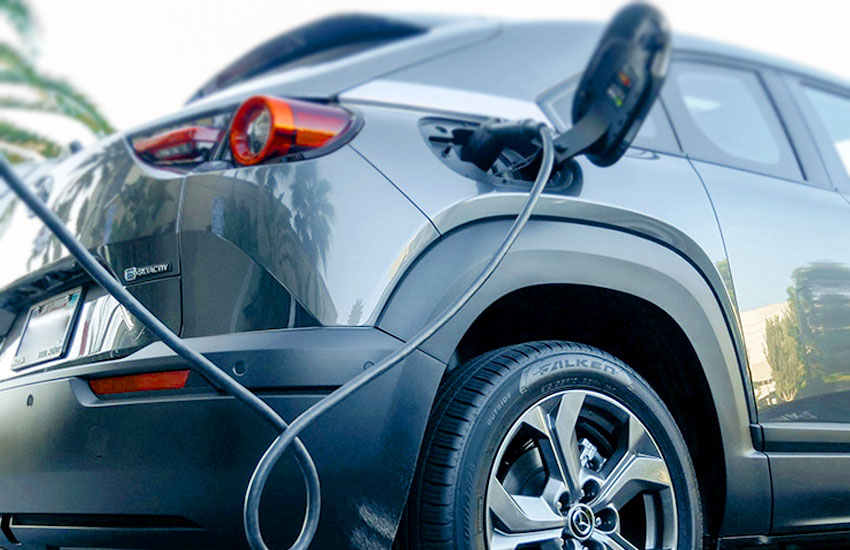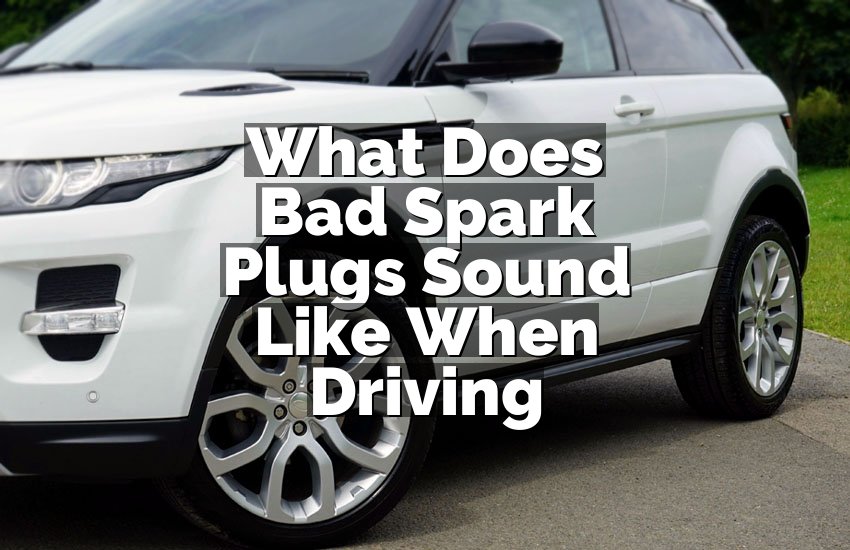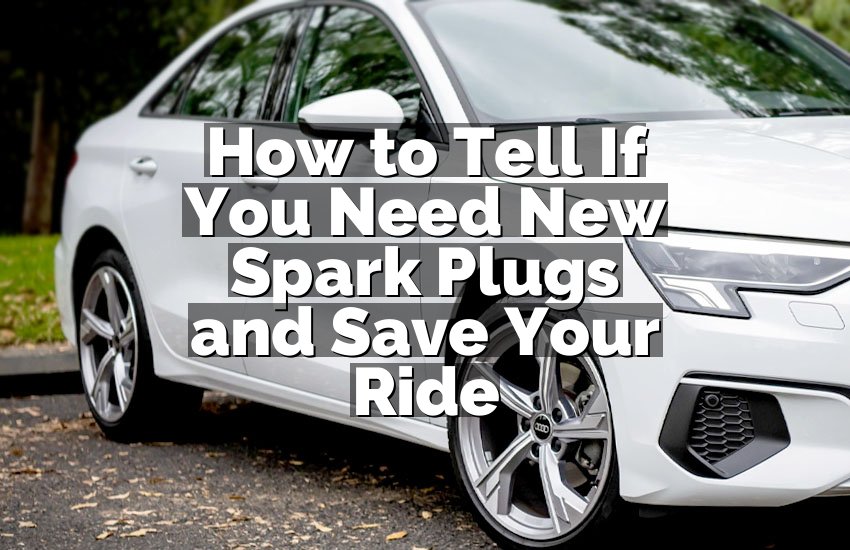You know that sinking feeling when your car starts sputtering and you realize you might be running out of gas? It happens to everyone, but what if you could spot the signs before it gets to that point? In this blog post, we’ll dive into the easy ways to tell if your car is low on fuel. I’ve had my share of roadside adventures, and I’m here to help you avoid those moments. We’ll look at some simple tips, warning signs, and tricks to keep your tank full and your stress levels low.
Signs that Your Car is Running Low on Gas
When your car is running low on gas, there are some easy signs to watch for. Knowing these signs can help you avoid getting stuck on the side of the road.
Dashboard Warning Lights
One of the first signs is a warning light on your dashboard. Most cars have a small gas pump icon that lights up when you need to refuel. This light usually comes on when you have about a quarter tank of gas left. If you see this light, it’s a good idea to get gas soon.
Fuel Gauge Reading
Another sign is the fuel gauge on your dashboard. This gauge shows how much gas is in your tank. When the needle moves toward “E” (empty), it means you are running low. If the needle is very close to “E,” you should find a gas station quickly.
Changes in Engine Performance
You might also notice changes in how your car drives. For example, your car might start sputtering or feel like it’s losing power. This can happen when there isn’t enough gas to keep the engine running smoothly. If you notice these changes, it could be a sign that your tank is almost empty.
By paying attention to these signs, you can avoid running out of gas and getting stranded. It’s always a good idea to keep an eye on your fuel level and get gas before it gets too low. This will help keep your car running well and prevent any unexpected problems.

What to Do When You Notice Low Gas Warning on Your Car
Stay Calm and Assess Your Situation
When you see the low gas warning light, the first thing to do is stay calm. Don’t panic or rush. Look at your gas gauge to see how much fuel you have left. Most cars have a gauge that shows you how full or empty the tank is.
You might also see a range indicator that tells you how many more miles you can drive before running out of gas. If you have a little fuel left, you can usually drive for a while, but if the gauge is very close to empty, you need to act quickly.
It’s important to keep a cool head so you can make smart decisions. If you’re on a busy road or in a place you don’t know well, finding a gas station quickly will be easier if you stay calm and think clearly. Remember, running out of gas can be a hassle and might even leave you stranded, so taking the right steps as soon as you see the warning light is key.
Find the Nearest Gas Station
After you notice the low gas warning, your next step is to find the nearest gas station. You can use your car’s GPS system if it has one. This can show you where the closest gas stations are and how to get there. If your car doesn’t have GPS, you can use your phone’s map app to find a gas station. Just type “gas station” into the search bar, and it will show you nearby options.
If you’re not sure where to go, asking someone nearby for directions can also help. It’s better to find a gas station as soon as possible to avoid running out of fuel. If you are on a long road trip or in an unfamiliar area, having a plan to find gas quickly can save you from being stuck in a difficult situation.
Drive Smoothly
Once you’ve found the nearest gas station, start driving there smoothly. It’s important to drive gently to save as much fuel as you can. Avoid speeding up quickly or braking hard, as these actions use more gas. Try to drive at a steady speed and avoid sudden stops if possible. This helps to make your remaining fuel last longer.
If you drive smoothly, you can extend the range of your car and get to the gas station safely. Remember to follow traffic rules and drive safely even if you are trying to get to the station quickly. Keeping your driving calm and controlled is key to making the most out of the fuel you have left.
Turn Off Unnecessary Accessories
To save fuel, it’s a good idea to turn off any accessories that you don’t need. This means turning off the air conditioning, the radio, and any other electrical devices in your car. These things can use extra power from the engine, which makes your car use more fuel.
By turning them off, you can help your car use less gas and get more distance from the fuel you have left. Even though it might be a bit uncomfortable without the air conditioning or radio, it’s better than running out of gas. Every little bit helps when you’re low on fuel, so turning off non-essential systems is a smart move.
Avoid Heavy Traffic
When you are low on gas, it’s best to avoid heavy traffic if you can. Heavy traffic means you might have to stop and go a lot, which uses more fuel. If you can, try to find routes that are less busy. This will help you save gas because you won’t be idling or stopping as much. It’s easier to drive efficiently on open roads where you can keep a steady speed.
If you’re stuck in traffic, your car uses more fuel, which can make your situation worse. Using less busy routes or side streets can help you get to the gas station with the fuel you have left. It’s a good idea to plan your route carefully to avoid getting caught in traffic jams.
Keep an Eye on the Fuel Gauge
As you drive toward the gas station, keep a close watch on your fuel gauge. This is important because the gauge shows how much fuel is left in your tank. If you see the gauge moving closer to empty, be prepared to stop at the nearest gas station. The gauge will help you know if you need to speed up your search for gas or if you have a little more time.
Some cars also have an indicator that tells you how many miles you can drive before running out of gas. Keep an eye on this as well, so you know how urgent the situation is. By staying aware of the gauge, you can make sure you don’t run out of gas before you reach the station.
Refuel as Soon as Possible
Once you reach the gas station, it’s important to refuel as soon as you can. Don’t wait until the tank is completely empty because running out of gas can cause damage to your car’s fuel system. Fill up your tank fully to make sure you have enough gas for your next drive. If you only put in a little bit of gas, you might find yourself in the same situation again soon.
It’s better to be safe and have plenty of fuel. Even if you have to wait in line or it’s not the most convenient time, making sure you have a full tank will help you avoid problems later. Refueling quickly is the best way to ensure that you don’t end up stranded without gas.
Check for Leaks or Issues
After you’ve refueled, it’s a good idea to check for any issues with your car. Look around the fuel tank area to see if there are any leaks or strange smells. If you notice anything unusual, like a strong smell of gasoline or wet spots under your car, it might be a sign of a problem.
If the low gas warning light stays on even after you’ve refueled, this could also indicate an issue. In this case, it’s best to visit a mechanic to have your car checked out. Addressing any problems right away can prevent more serious issues and keep your car running smoothly.
Develop a Habit of Regular Refueling
To avoid running into a low gas situation in the future, try to make a habit of refueling regularly. Aim to fill up your tank when it’s about a quarter full. This way, you’ll never get too close to empty and will avoid the stress of a low gas warning. Regular refueling helps you stay prepared and reduces the chance of running out of gas.
Keeping an eye on your fuel level and filling up on time is a simple way to keep your car running smoothly and avoid being caught off guard. Making refueling a regular part of your routine can help you avoid the hassle and potential problems of running low on gas.
I hope this guide helps you know how to tell if your car is running out of gas. Watch for the low gas light and keep an eye on your fuel gauge. Find a gas station soon, and drive smoothly to save fuel. Regular refueling and staying aware of your gas level will keep you on the road safely.
Questions in Your Mind
Is it Safe to Drive When the Low Gas Light Comes On?
Driving with the low gas light on is generally safe for short distances, but it’s not ideal. The light means you’re running low on fuel, so it’s best to refuel as soon as possible. Driving for too long on low fuel can lead to running out of gas, which may cause your car to stall and potentially damage your fuel system.
Can Running Out of Gas Damage My Car?
Yes, running out of gas can potentially damage your car. When the fuel tank is empty, the fuel pump can overheat because it relies on gasoline to keep it cool and lubricated. This can lead to pump failure and other fuel system issues. It’s best to avoid running your car until the tank is completely empty.
Do I Need to Use Premium Gas if My Car’s Manual Suggests It?
If your car’s manual recommends premium gas, it’s usually best to follow that advice for optimal performance and efficiency. Premium fuel can help your engine run smoothly and avoid knocking. However, if it’s only a recommendation and not a requirement, regular gas might be acceptable, but it could affect performance.
Can I Use a Fuel Additive to Extend the Life of My Gas?
Fuel additives can help clean your fuel system and improve engine performance, but they don’t extend the actual life of your gas. They’re useful for maintaining fuel system cleanliness and improving fuel efficiency, but they don’t prevent running out of gas or solve low fuel problems.
Is it Okay to Ignore the Low Gas Light for a Short Period?
Ignoring the low gas light for a short period might not immediately cause issues, but it’s not a good practice. The light indicates that you’re low on fuel, and continuing to drive without refueling increases the risk of running out of gas and potential damage to your car’s fuel system.
Can Cold Weather Affect My Fuel Efficiency?
Yes, cold weather can affect your fuel efficiency. Cold temperatures can cause fuel to become denser, which means your car might use more fuel to maintain the same level of performance. Additionally, cold weather can affect engine performance and increase fuel consumption.
Do I Need to Fill Up at Specific Gas Stations?
You don’t need to fill up at specific gas stations, but it’s a good idea to choose stations with a good reputation for quality fuel. While most gas stations offer similar fuel quality, reputable stations are less likely to have issues with contaminated or poor-quality fuel.
Can I Use My Phone’s GPS to Find the Nearest Gas Station?
Yes, you can use your phone’s GPS or map app to find the nearest gas station. Just search for “gas station” in your map app, and it will show you the closest options along with directions. This can be especially helpful if you’re in an unfamiliar area.
Do I Need to Change My Driving Habits When My Car Is Low on Gas?
Yes, adjusting your driving habits when low on gas can help you get to the nearest station. Drive smoothly, avoid rapid acceleration and heavy braking, and minimize idling to conserve fuel. These changes can help extend the distance you can travel on the remaining fuel.
Can I Rely on the Distance-to-Empty Indicator?
The distance-to-empty indicator gives an estimate of how far you can drive before running out of gas, but it’s not always precise. Factors like driving conditions and how you drive can affect this estimate. It’s a useful tool, but you should still refuel as soon as you can when the low gas light comes on.


